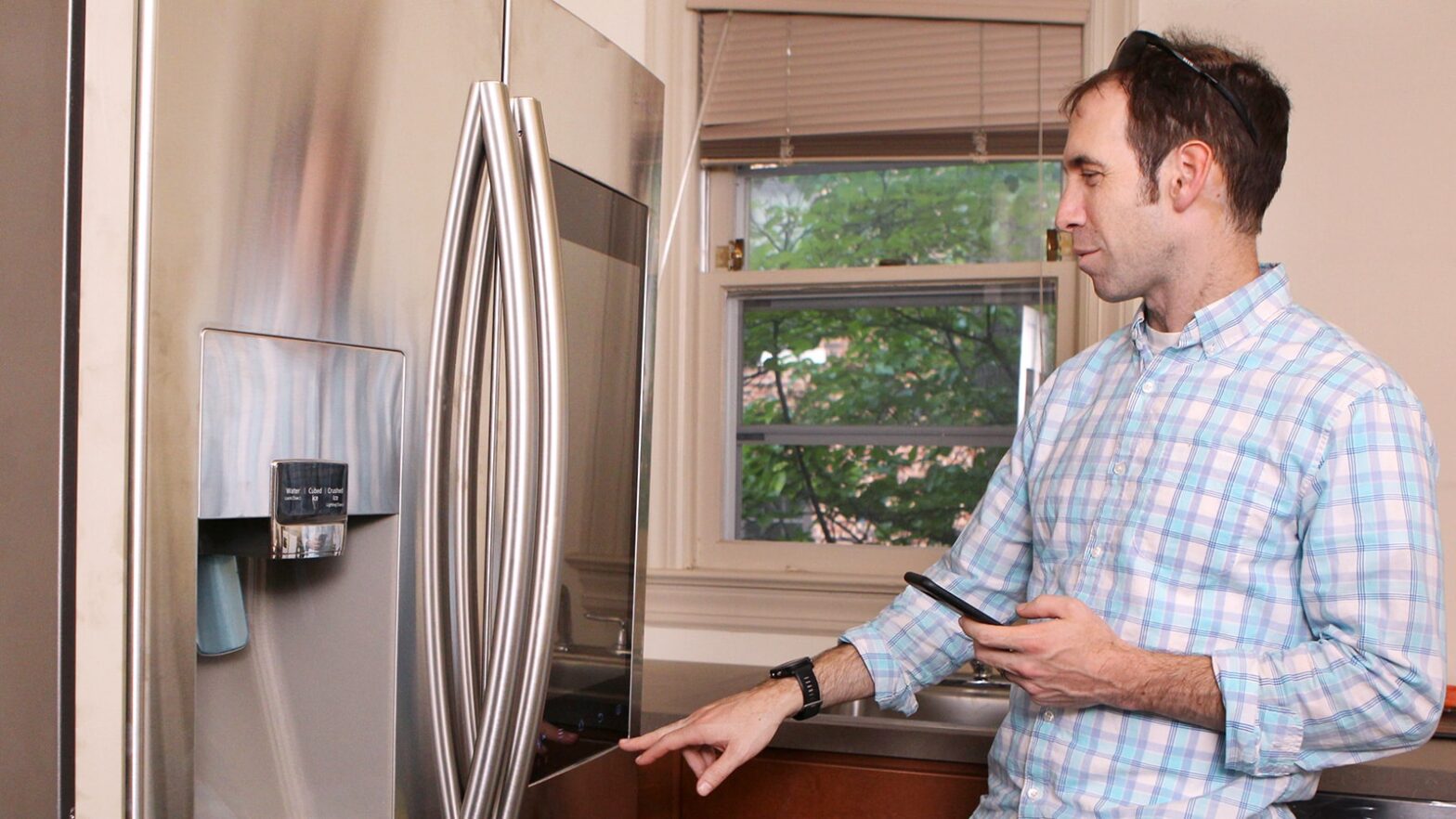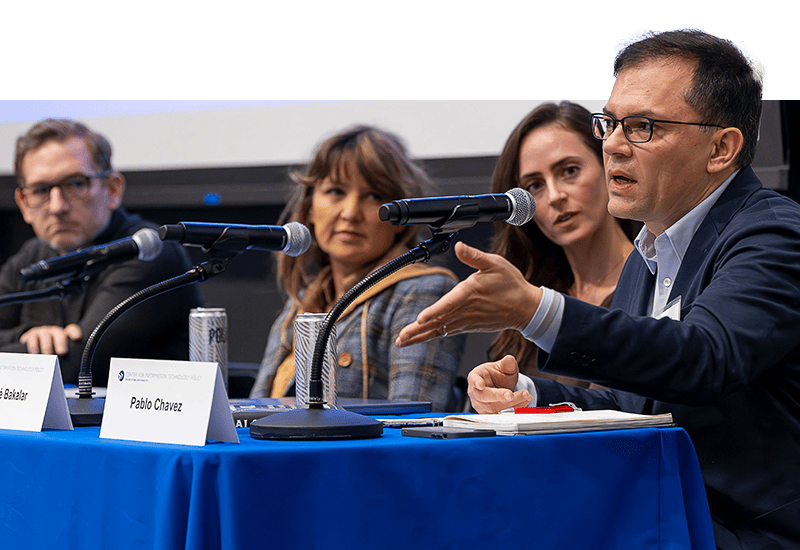
Technology and ethics intertwine in Nick Feamster’s research
By
on
This explosion of interconnectedness exacerbates already thorny problems regarding performance, security, and ethical practices. For Nick Feamster and his research group at Princeton, the goal is to deliver the experiences users expect while safeguarding personal information.
“As more and more unmanaged, insecure devices are being connected to networks, that increases the ‘attack surface,’ so to speak, raising significant privacy and security concerns,” said Feamster, a professor of computer science and deputy director of the Center for Information Technology Policy. “Furthermore, there must be adequate capacity on end-to-end internet paths to support the performance of the applications that we want to use.”
Feamster’s team is tackling these issues from first principles, collecting information that can inform real-world practices. “A lot of our projects involve the use of measurements and data in order to shed light on how networks operate and run,” Feamster said.
In one, researchers are developing algorithms to enable connected devices to detect anomalies and dynamically adapt to them in real time, to help control otherwise unmanageably complex networks.
Another project concerns privacy in a connected “smart” home. The Princeton group has demonstrated how many internet-of-things devices, because they sense their environment constantly, can unintentionally record sensitive personal data, like sleeping patterns or health-related information. Any network observer, whether a benign internet service provider or a malicious hacker, could gain access to this trove. Employing a technique called traffic shaping could mitigate these risks. Sending fixed chunks of traffic to the intended recipient (say, from a smart fridge to a grocery restocking service) regardless of sensed household activity could help mask users from prying.
In all of these matters, technical capability is tied inextricably to morality – the “can” informed by the “should” – which is why Feamster is working to incorporate ethics discussions throughout the computer science curriculum. “There is a large social and political dimension to information sharing over networks,” he said. “Ultimately, ethics needs to inform the technology.”






